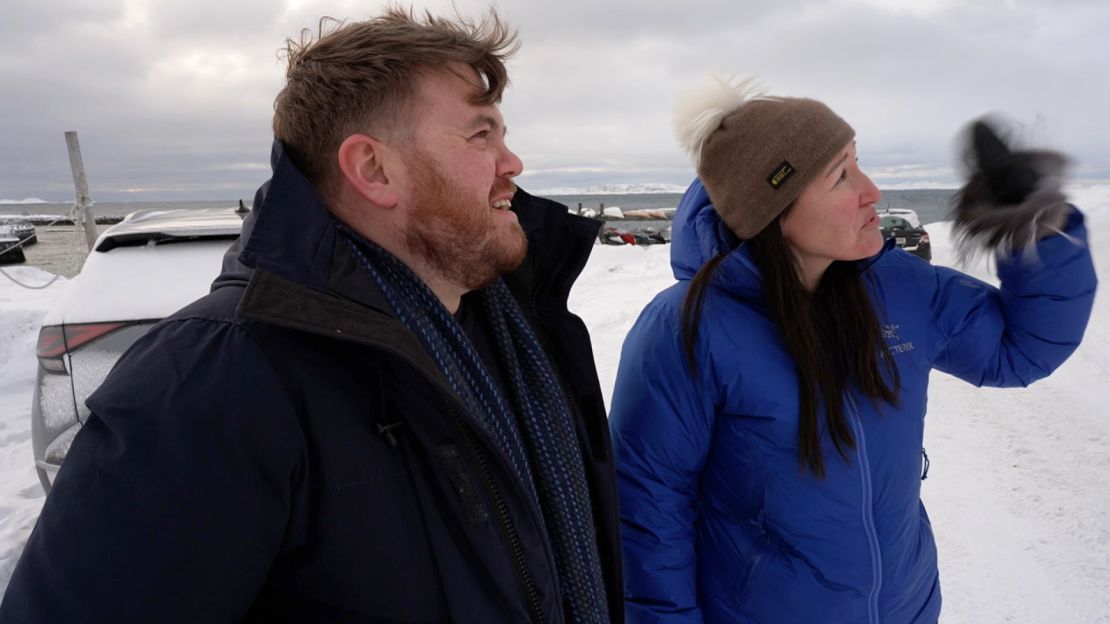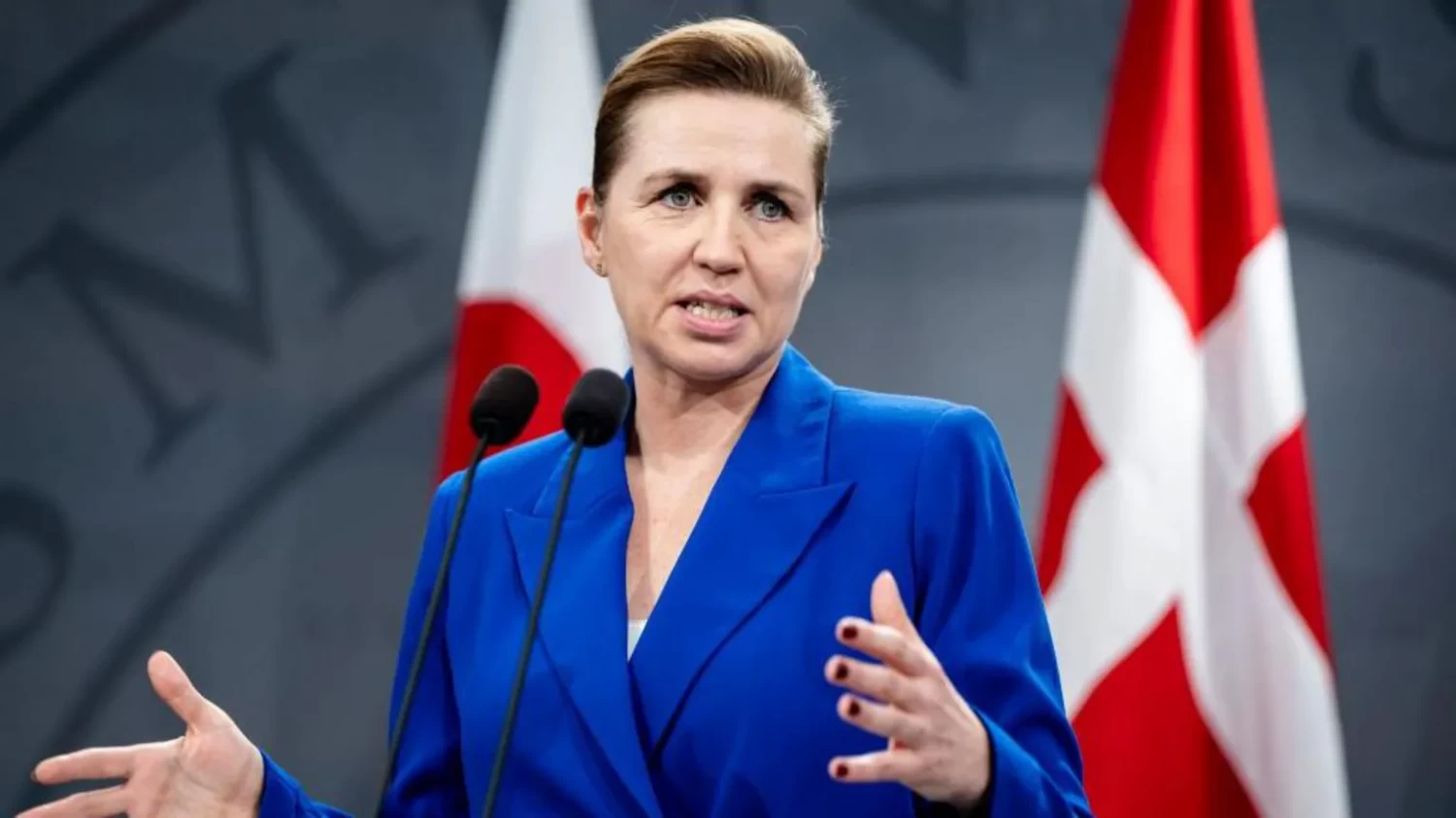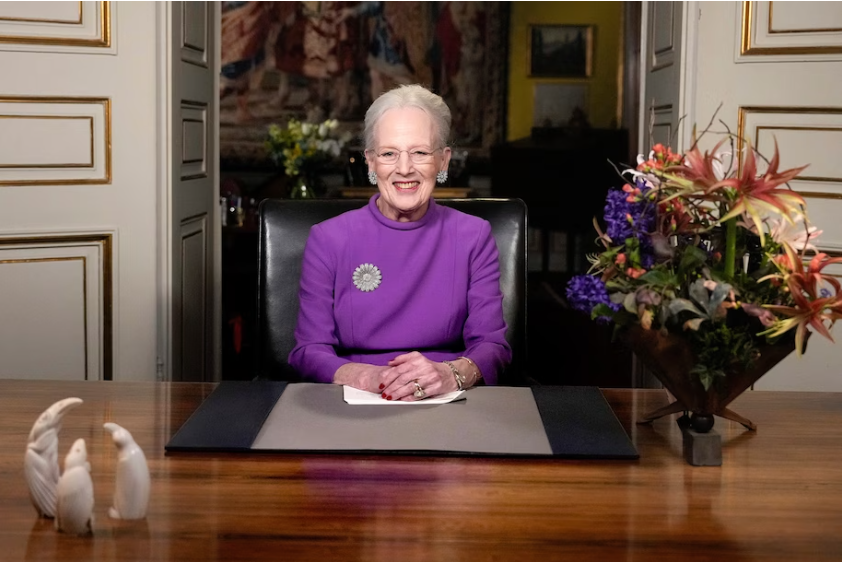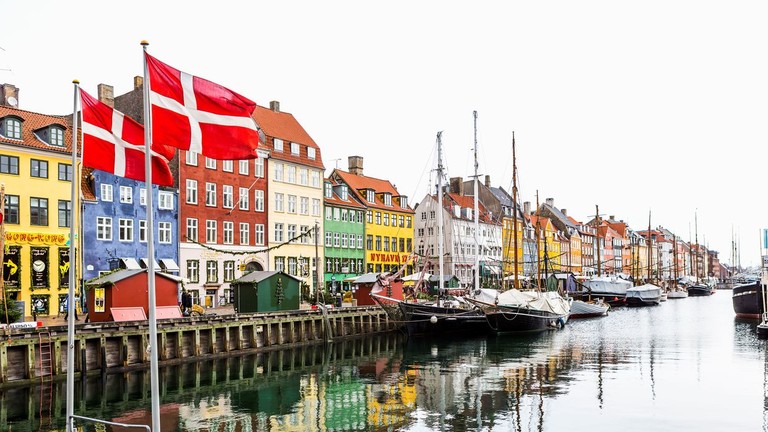
This article is more than
1 year oldDenmark’s Next Queen Is a Progressive, Common-Born Former Australian
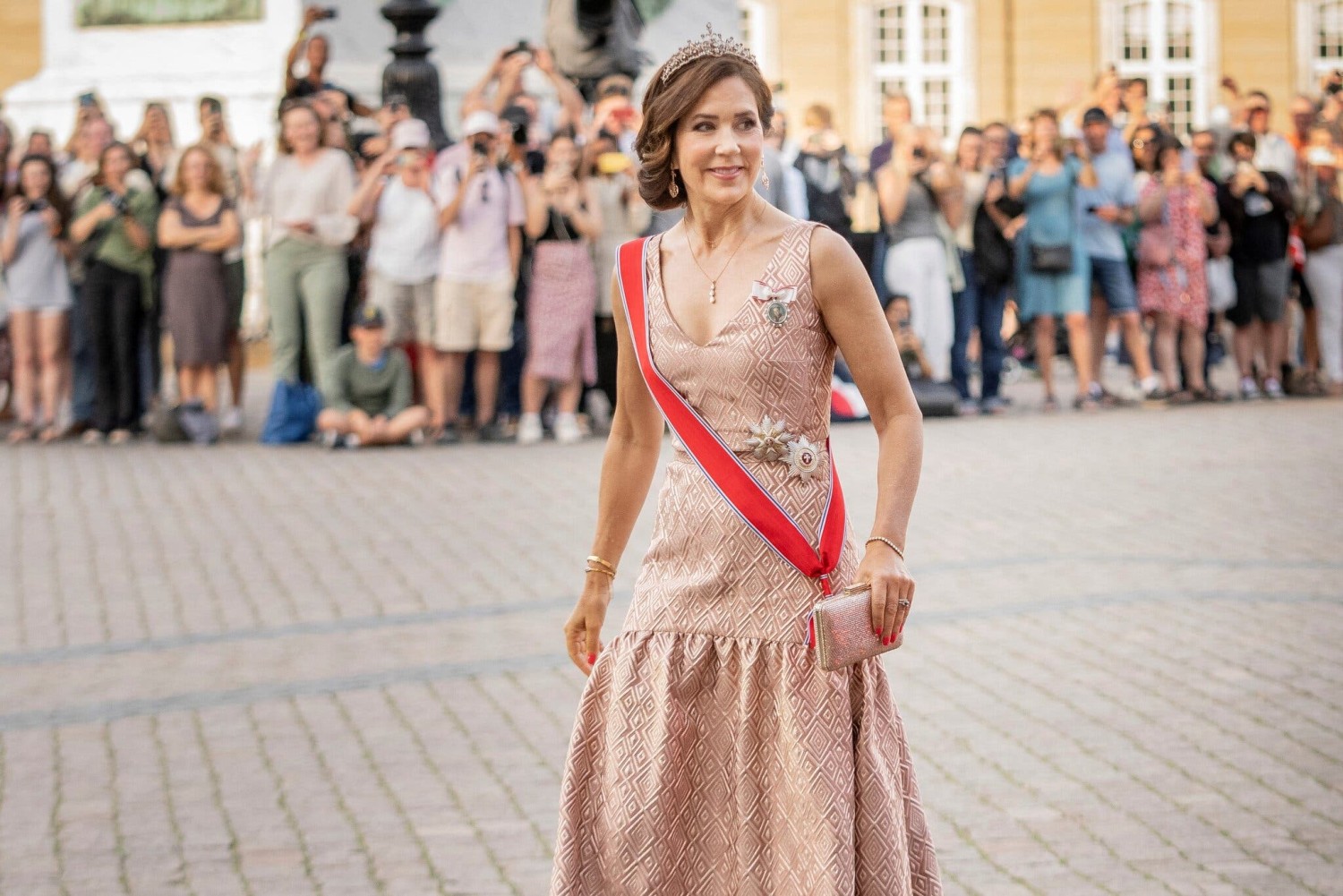
Natasha Frost reported from Melbourne, Australia, and Maya Tekeli reported from Copenhagen.
It was a classic Australian love story, set in a Sydney pub: Girl meets boy. Girl marries boy. Girl lives happily ever after.
But when Mary Donaldson, then a 28-year-old from Tasmania working in real estate, met “Fred” — also known as Frederik, Crown Prince of Denmark — at the Slip Inn in September 2000, she was suddenly plunged into an entirely different fairy tale.
“The first time that we met or shook hands, I did not know he was the crown prince of Denmark,” Mary said in a 2003 interview. “It was perhaps half an hour or so later that someone came up to me and said, ‘Do you know who these people are?’”
This month, more than 23 years later, Mary — now Crown Princess Mary, aged 51 — will become Denmark’s next queen, after Queen Margrethe II announced her abdication in her New Year’s Day speech. Mary’s husband will become King Frederik X.
She has become internationally acclaimed among royal watchers for her distinctive sense of personal style and her outspoken commitment to progressive causes, including climate change advocacy and sustainability, as well as the rights of women and children.
In Denmark, she is adored. And in her native Australia, the unlikely story of their Tasmanian princess has for decades prompted frothy headlines and extensive coverage of their homegrown member of the Danish royal family and her much-vaunted wardrobe.

In fact, Mary has long since renounced her Australian (and British, via her Scottish parents) citizenship. She retains only the slightest trace of her original accent and speaks fluent Danish. But in Australia, she is celebrated as a local treasure.
“Princess Mary is a wonderful ambassador for Tasmania,” Jeremy Rockliff, the premier of Tasmania, said, in a recent statement. He added: “We are so proud.”
Her forthcoming accession to the throne has only heightened that interest and pride: One recent headline on the front page of The Australian, a national broadsheet newspaper, read: “All hail Mary, our flannie queen living a fairytale dream.” (“Flannie” is Australian slang for the casual flannelette shirts, often worn on farms and work sites, that Mary favored as a younger person.)
The British press’s effort to recast her as “Mary, Queen of Scots,” citing her Scottish roots, has prompted scathing commentary in Australia. “Not content with their own royal family,” The Melbourne Age newspaper said this week, “British newspapers are trying to claim Denmark’s next queen, Crown Princess Mary, as one of their own.”
King Charles III, the British head of state, is also the Australian monarch, so the British royal family is technically Australian. But most Australians feel at best ambivalent about this: Only 35 percent of Australians are committed to retaining a British monarch in the long term, according to a recent poll.
But toward Mary, who is seen as relatable and down-to-earth, that republican bent does not apply. “Mary’s relentless abjuration of drama, her enthusiastic commitment to causes in the public interest and her truly rare championing of the LGBTQ+ community in Denmark and beyond” appeal even to fervent anti-monarchists, the Australian commentator Van Badham wrote in a recent Guardian column.
And then there is the improbable back story. When Mary and Frederik met, Frederik was visiting Sydney for the Olympic Games. One of the people with him asked an Australian friend to join them at the pub. The friend brought her sister, who brought her own friend who brought his roommate, Mary.
“From the very first moment that we started talking,” Mary said of Frederik in a 60 Minutes Australia interview in 2003, “we never really stopped talking.” She gave him her number, or so the story goes, and he rang her the next day. A secret, then not-so-secret, relationship followed, culminating in their marriage in 2004.

The daughter of a mathematics professor and an executive assistant, Mary was born in Hobart, the capital city of Tasmania, Australia’s southern island state. “I was a T-shirt-and-shorts girl, known to go barefoot,” she told the Financial Times in a recent interview. She attended public school, rode horses, played sports and had an otherwise unremarkable upbringing, before studying law and commerce in college and moving to Melbourne and then Sydney to pursue a career in advertising.
“I don’t recall wishing that one day I would be a princess,” she told reporters shortly after the couple became engaged in 2003. “I wanted to be a veterinarian.”
Among Danes, who applaud her diligence, professionalism and Danish language skills, Mary is enormously popular, with an 85 percent approval rating outstripping many other members of the royal family, according to a recent poll commissioned for Denmark’s public radio station, DR.
“She has appeared very professional as a Crown Princess from Day 1,” said Lars Hovbakke Sorensen, an expert on the Danish royal family. “This is something that Danes place great importance on — the fact that they can see the royal family works a lot and engages in the matters they are involved in.“
He added: “One could say that she has been so popular that it has even been necessary in recent years to downplay her role a bit. So she wouldn’t risk overshadowing the crown prince, who is the one destined to be the reigning monarch at some point.”
Australians also love Mary’s good works. But for many, Ms. Badham wrote in her column, part of her magic lay in the sheer unlikelihood of an Australian monarch whose route to the throne began at a faintly insalubrious inner-city pub.
“It was not God that put her there,” she wrote, “but a warm Sydney night … and the Slip Inn.”
Natasha Frost writes The Times’s weekday newsletter The Europe Morning Briefing and reports on Australia, New Zealand and the Pacific. She is based in Melbourne, Australia.More about Natasha Frost

